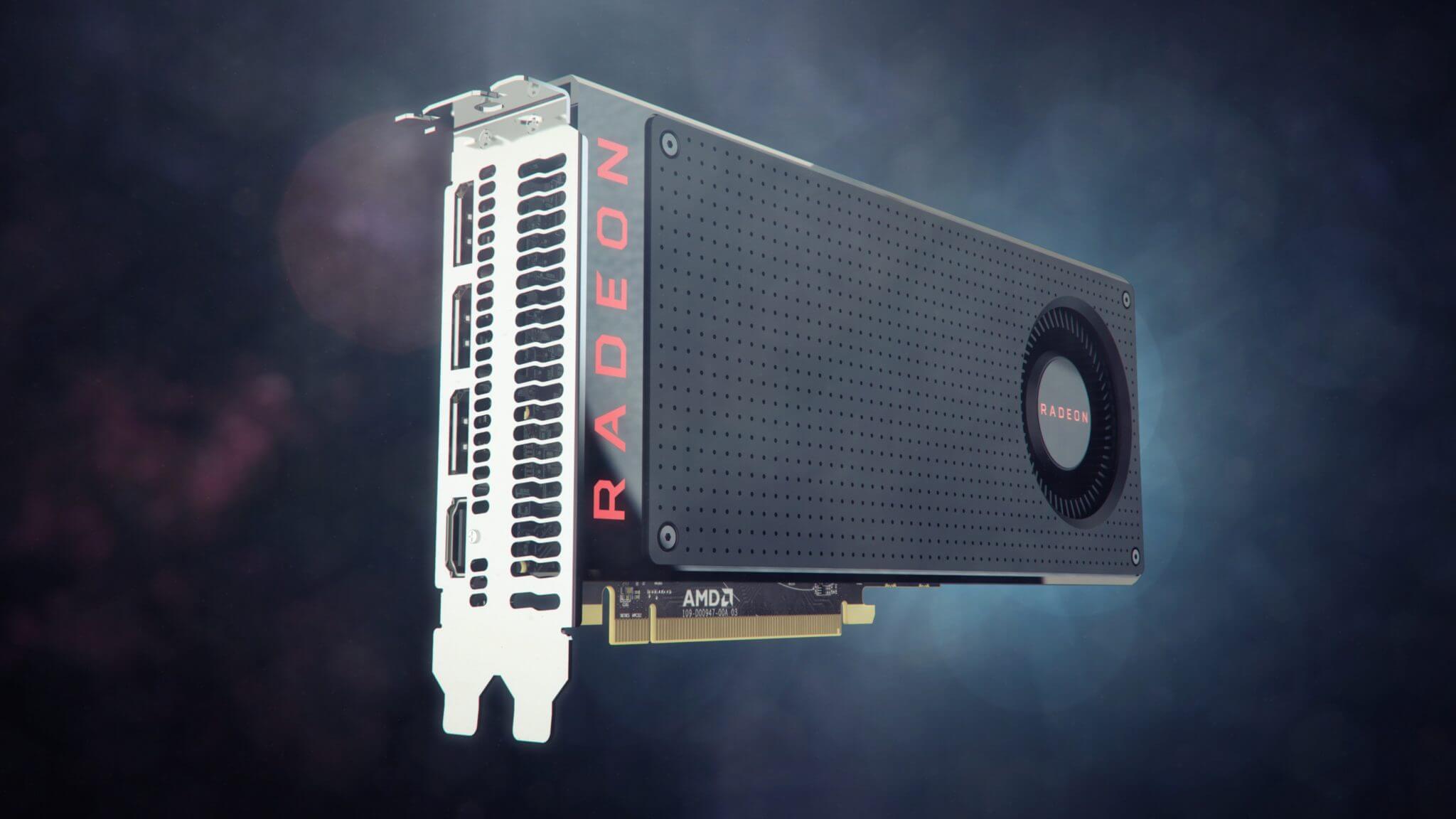Cutting corners: This week, AMD silently began selling five "new" GPUs to OEMs under the Radeon 600 series. They're just about the cheapest cards AMD sells, with a maximum core count of 640 for the top-end RX 640, trickling down to 320 for the 610, which, believe it or not, is based on the Graphics Core Next 1 architecture, released over five years ago.
I'm not sure whether to call it an addiction or a kink, but it's safe to say AMD has a real rebadging problem. In June 2016 they released part of the 400-series based on 28nm, then they rebranded and rereleased them in April 2017 as 500-series hardware. The new 600-series is entirely comprised of 500-series hardware without a single spec change, but furthermore, half of the 600-series is a rebadge of a rebadge of the original 400-series.
In AMD's defense, it's likely pressure from OEMs who want to advertise that their products have newer generation hardware and AMD is simply complying. Marketing tactics aside, these cards aren't much to get excited about. They're not going to be released to the public as standalone products and we don't really know how much they cost.
Regarding release date, they could appear in desktops and laptops from Asus, HP, Acer, and companions any day now. Here are the specs (some are available in multiple configurations).
| Radedon RX 640 | Radeon 630 | Radeon 625 | Radeon 620 | Radeon 610 | |
| Core Count | 640/512 | 512 | 384 | 384/320 | 320 |
| Boost Clock | 1287 MHz | 1219 MHz | 1024 MHz | 1024 MHz | 1030 MHz |
| Memory | 4GB 7Gbps GDDR5 | 4GB 6Gbps GDDR5 | 4 GB 4.5Gbps GDDR5 | 4GB 4.5Gbps GDDR5/GDDR3 | 4GB 4.5Gbps GDDR5 |
| Market | Desktop + Laptop | Desktop + Laptop | Laptop | Laptop | Laptop |
| Architecture | Polaris (GCN 4) | Polaris (GCN 4) | Topaz (GCN 3) | Topaz (GCN 3) | Orland (GCN 1) |
| Previous Name | Radeon RX 550X | Radeon RX 540 | Radeon 530 | Radeon 530 | Radeon 520 |
| Previous Previous Name | - | - | Radeon R7 430 | Radeon R7 430 | Radeon R5 435 |
While it's a touch irritating that AMD can re-release such old architectures and designs again, what's probably worse is that the market allows for it. While AMD holds a minority market share in the low-end, TechSpot's testing has demonstrated the viability of these old cut-price cards - hopefully, Navi makes its way to budget, or Nvidia or Intel do it with their architectures next year, providing a real increase in value.
